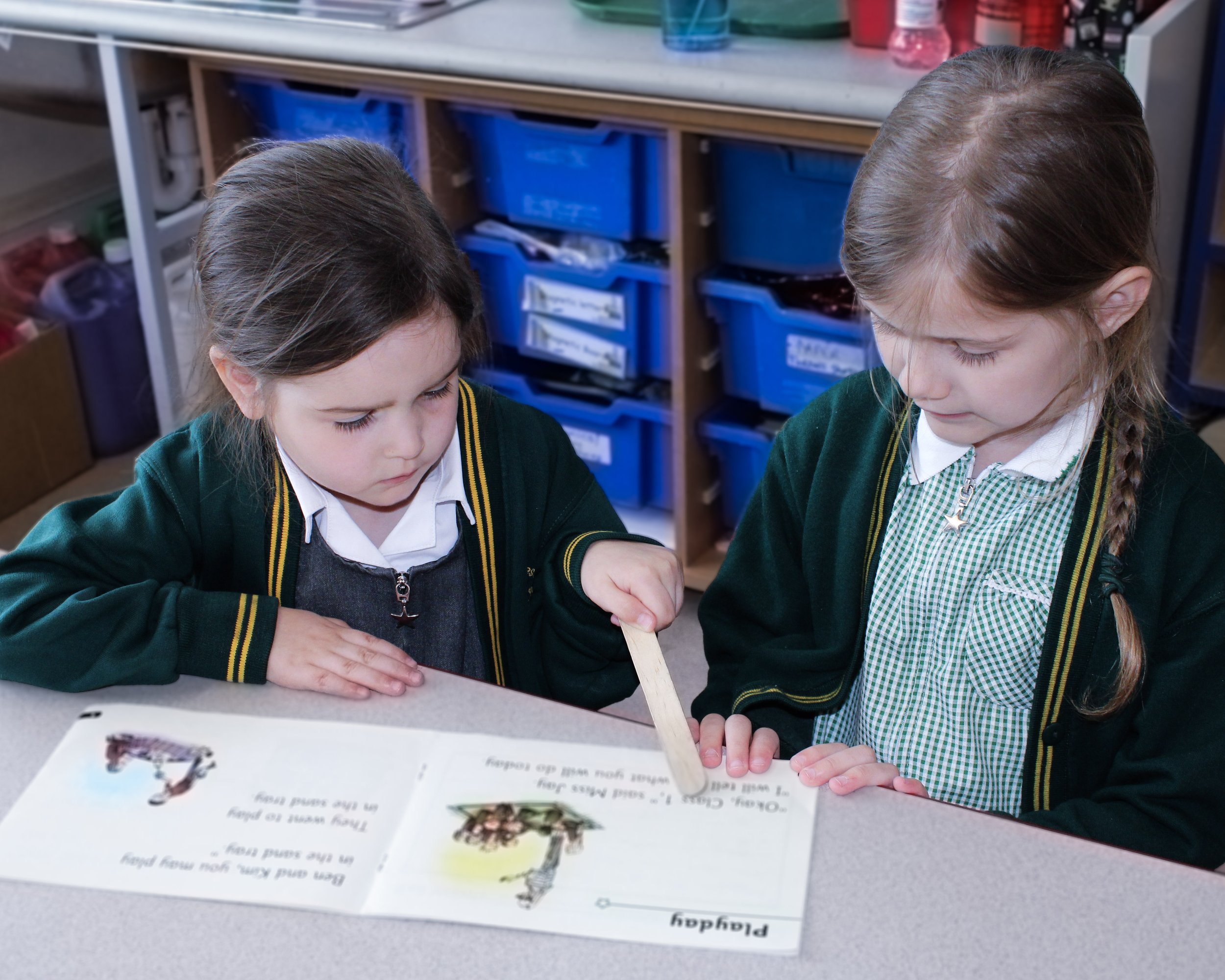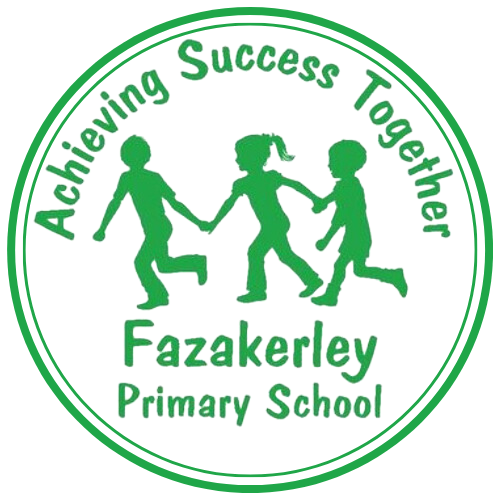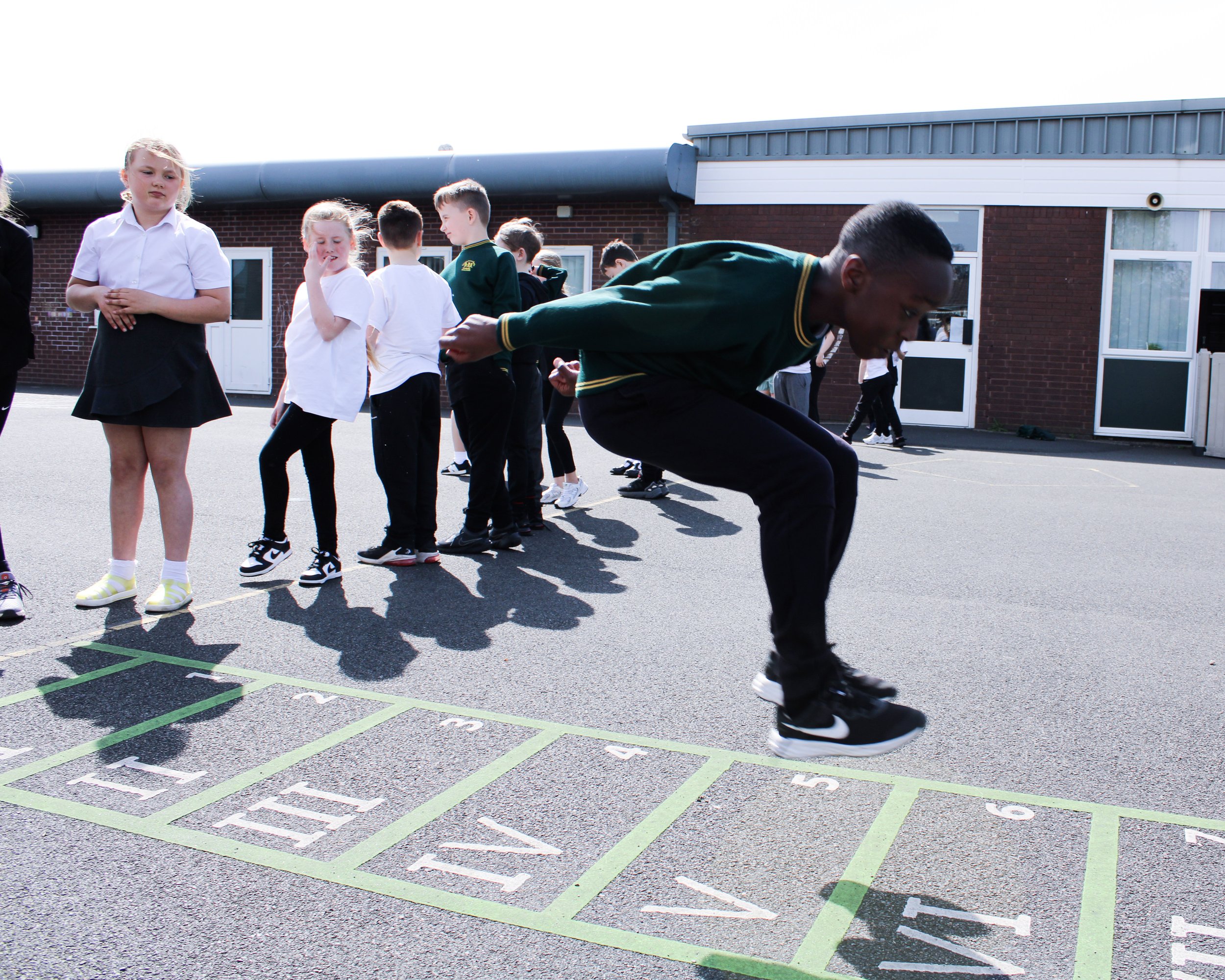
Phonics
Phonics
at Fazakerley Primary School
The Phonics Leader is Mrs J Sweeting.
At Fazakerley Primary School we aim for all our children to become fluent, confident readers who are passionate about reading.
Children who read or are read to regularly have the opportunity to open the doors to so many different worlds! More importantly, reading will give your child the tools to become independent life-long learners.
We can achieve this together through:
Read Write Inc, a program to help to your child read at school
Encouraging children to develop a love of books by reading to them daily, at home and at school
Giving children access to a wide range of books at school and at home
What Phonics program do we follow?
At Fazakerley Primary School we use Read Write Inc Phonics (RWI) to give your child the best possible start to learn how to read and with their English.
We have put together a guide to how the RWI programme works together with some useful links.
What is Read Write Inc?
Read Write Inc (RWI) is a phonics complete English programme which helps all children learn to read fluently and at speed so they can focus on developing their skills in comprehension, vocabulary and spelling. The programme is designed for children aged 4-7. However, at Fazakerley Primary School we begin the programme in Nursery and will continue teaching RWI to children beyond the age of 7 if they still need support in their reading.
RWI was developed by Ruth Miskin and more information on this can be found at https://www.ruthmiskin.com/en/find-out-more/parts/
Mrs Sweeting is our Phonics lead teacher, so if you have questions about phonics, contact school who can refer you to her. Please take the time to read the information as it will provide invaluable information as to how you can help and support your child in reading.
Early Reading Parental Workshops
Parent video: What is Read Write Inc phonics?
Parent video: How to say the sounds (Pure Sounds)
Parent video: Reading the digraphs with your child
Parent video: Reading the bouncy sounds with your child
Parent video: Listening to your child read
Phonics Specific Pedagogies.
In addition to our generic pedagogies, which are:
Flexible groupings
Revisiting prior learning from lessons
Retrieval of prior knowledge in different contexts
Visualisers for modelling
I do, we do,you do
Chunking lesson
Dual coding
Strategies for remembering
Sequential graphics
Working walls (consistent subject specific design)
Explicit teaching of vocabulary. (E.g. Use of visualiser / demonstrate methods and techniques).
We also have the following subject specific pedagogies for Phonics:
For Read Write Inc all children streamed in homogenous groups from Early Years (Autumn 2) to Year 4.
Children sit on the carpet in a ‘v’ shape in order for teachers to have ‘spotlight children’ who are focus children within the group.
Read Write Inc follows a structured synthetic approach throughout every group. The steps are repeated in each lesson and each group.
Teachers use my turn, your turn signals to specify when it is time for children to interact. All children expected to join in altogether using a ‘no hands up’ approach.
Teachers use silent signals to ensure children all move from the carpet to the table altogether.
1-stand up
2-walk to tables
3- sit down
Teachers use a team stop signal helps us stop pupils in a calm manner, ready for what’s next. It replaces all other stopping techniques: clapping, clicking, singing rhymes, shaking a maraca, shouting, shushing, singing, dance routines, counting back. It gets all children involved and saves times. Teachers can focus on children’s learning.
The stop signal is used at in assembly, in lessons, during transitions, at lunchtime, on trips and in staff meetings. We use this signal to gain attention. Practise until pupils respond in under five seconds and in silence.
1. Hold one hand in the air with a flat palm. Do not clap or talk.
2. Scan the room to check every pupil has responded. Every pupil: - raises one hand in response; - checks their partner and others at their table have also raised their hands – gently tapping an arm if necessary; - looks attentively at you – eyes locked into yours to show they are ready to listen; - sits up tall, beside their partners.
3. Lower your hand and scan to check everyone is looking at you attentively, ready to listen. Do not start talking until you have their attention
Teacher’s use the talk routine: Turn to your partner (TTYP) signal Partner work should be used consistently in all lessons. Hold both hands pointing forward as if they are two open gates. Close the gates as soon as you have finished asking the question. Practise this signal until pupils turn automatically to their partners to answer the question. Avoid saying the words ‘turn to your partner’. Pupils should turn their heads towards their partners, not their whole body or chair.
Perfect Partner signal. Run one hand down the outside of the opposite arm, to remind pupils to: sit up straight beside their partner and be ready to turn and talk to their partner.
My Turn, Your Turn (MTYT) signal: Use this silent signal when you want the pupils to repeat something after you. My turn: gesture towards yourself with one or two hands. Your turn: gesture towards the pupils with one or two open palms. Explain to the pupils that this signal is yours and not theirs.
Magnet eyes: When you want to be sure the pupils are listening, point to your eyes with two fingers. This indicates that their eyes should be on yours and their bodies still.
Silent handwriting signal: Once pupils are sitting at their tables, hold up a pencil – real or imaginary – in a pencil grip with the non-writing hand flat – holding imaginary paper. This signal indicates that pupils sit with their: - feet flat on the floor - bottom at the back of the chair - body one fist from the table - shoulders down and relaxed - left/right hand holding page - back leaning forward slightly - left/right hand holding a pencil, ready in tripod grip.


